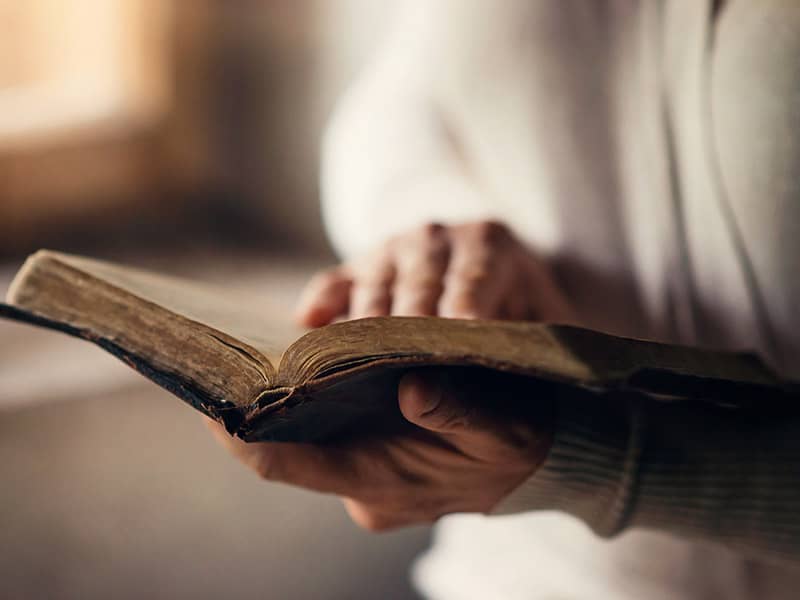They are North America's aboriginal shamans.
They are the hundreds, if not thousands, of native Indian men and women at the forefront of a revival of Indian spirituality from the deserts of New Mexico to the misty forests of Alaska.
Norman Bancroft Hunt details the exotic exploits of shamans, both old and contemporary, in his new book Shamanism in North America (Firefly Books), which for the first time describes all the continent's shaman traditions in one volume.
Today's shamans, Bancroft Hunt writes, are not exactly like those of yesteryear, who would bless warriors, battle for power against Christian priests and enter into dreamlike trances to discern the path of prairie buffalo for a hunting party.
Although contemporary shamans still orchestrate elaborate dances and rituals, Bancroft Hunt says they don't, as many believe, "practice hocus-pocus and witchcraft. They don't wave a bunch of bones around and hope for a miracle."
Instead, Bancroft Hunt compares the shaman's power to that of a psychologist-priest. Shamans deal with "powerful forces that could be dangerous," he says. They bring together mind and spirit in a way theoretical scientists are only now beginning to understand.
In an interview, the British professor who lives in Vancouver, described spending the past 30 years slowly developing trusting relationships with this continent's Indians, which allowed him to witness modern-day shamans' private rites.
He met Pueblo shamans who attend Catholic church and Navajo shamans who also worked at lumber mills.
Shamans are animists, says Bancroft Hunt. They believe all natural entities, from animals to trees to the wind, are sentient beings with individual souls. Shamans will go into trances to communicate with those souls, or "life forces," to bless fields, animals and humans.
In some ways, he says, shamans practice complementary medicine. They don't try to cure broken bones or physical wounds. But they're called upon to heal mental problems, from lethargy to severe headaches, depression to dizziness. A few work with modern hospitals or advise the U.S. or Canadian governments.
Whether they're prairie Blackfeet, Arctic Inuit or Washington Coast Salish, Bancroft Hunt never reveals the identities of modern-day shamans in his dramatically illustrated book. Instead, he weaves the past and present story of North American shamanism into a cohesive whole.
Aboriginal shamans have nothing against so-called "neo-shamans," who bring together shamanistic traditions from all over the world to lead New Age seekers in drumming groups. But they make it clear they're on a more demanding and specific path.
The stories of the shamans' rich native Indian culture of the Northwest Coast, including Oregon, Washington, British Columbia and Alaska, illustrate many of the shared traits of North American shamanism.
Bancroft Hunt has been to their private rites, where sometimes he's been the only white man out of 800 participants. He's found Oregon shamans who grow their hair long for spiritual strength. Through his own research and that of other anthropologists, Bancroft Hunt discovered Northwest Coast natives believe certain shamans could "think" another person to death.
Like most of the continent's shamans, Northwest Coast shamans often engaged in rivalries with each other, sometimes using trickery. They would exaggerate their powers, for instance, by secretly using invisible strings to move shamanistic puppets across smoke-filled ceremonial rooms.
Sometimes shamans use clever sleight-of-hand to impress audiences, Bancroft Hunt says, but not to be fraudulent. They do so with a wink and a nudge to increase a patient's faith in the spirit's mysterious ability to heal.
Of all the rivalries shamans have engaged in, however, none was more crucial than their life-and-death conflict with the Christian missionaries who helped settle the continent. When there was an outbreak of smallpox and measles epidemics on the Northwest Coast in the 1800s, for example, it killed a large percentage of the native population. The shamans lost much of their credibility; they couldn't fight the "foreign diseases." It took North America's shamans almost a century to get over this "religious" failure.
Now the continent's shamans understand Western medicine and can comfortably incorporate Christianity into their ancient spiritual practices. Shamans, like many North American natives, have been able to change with the times, Bancroft Hunt says. Transformation is key to shamans' mystical beliefs. It's the reason they're on the comeback trail, crucial to their cultures.
"The shamans who previously led war parties now lead communities in
their attempts to reassert traditional beliefs and solidarity," he says.

